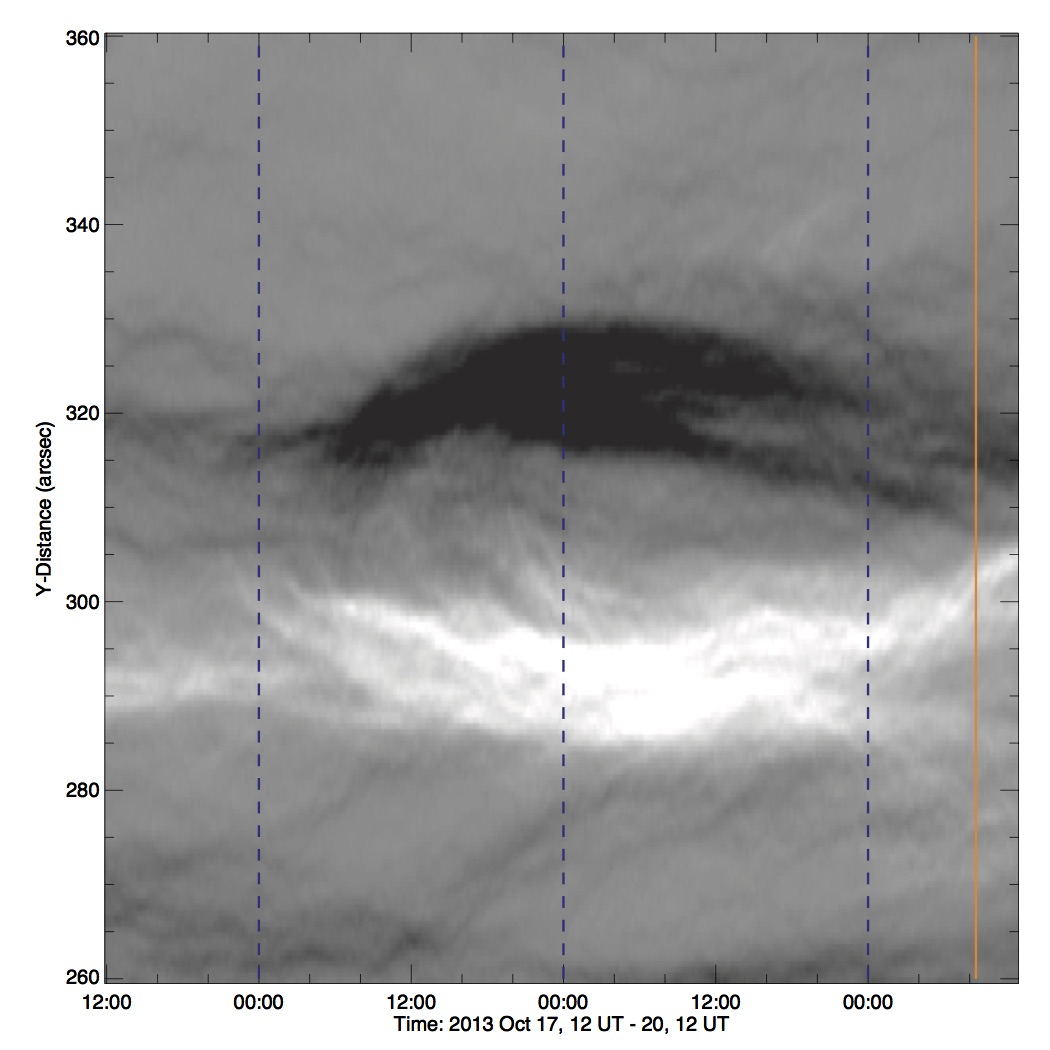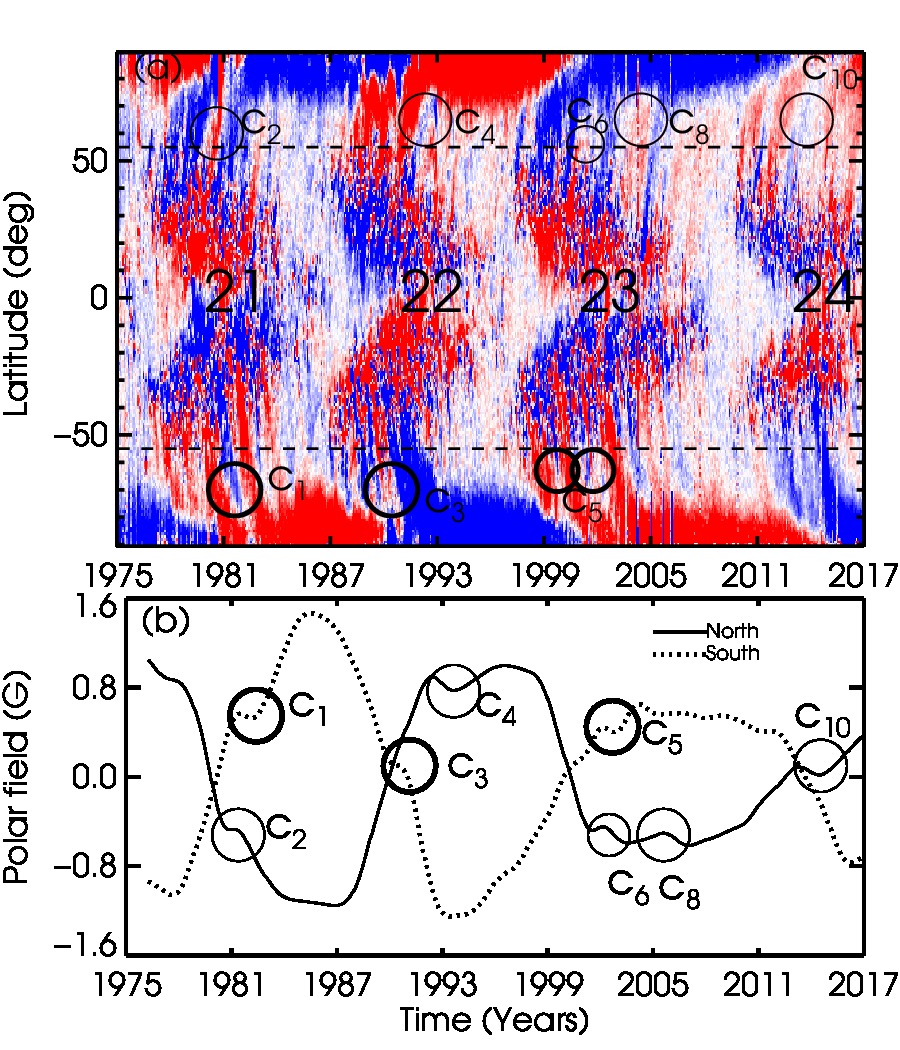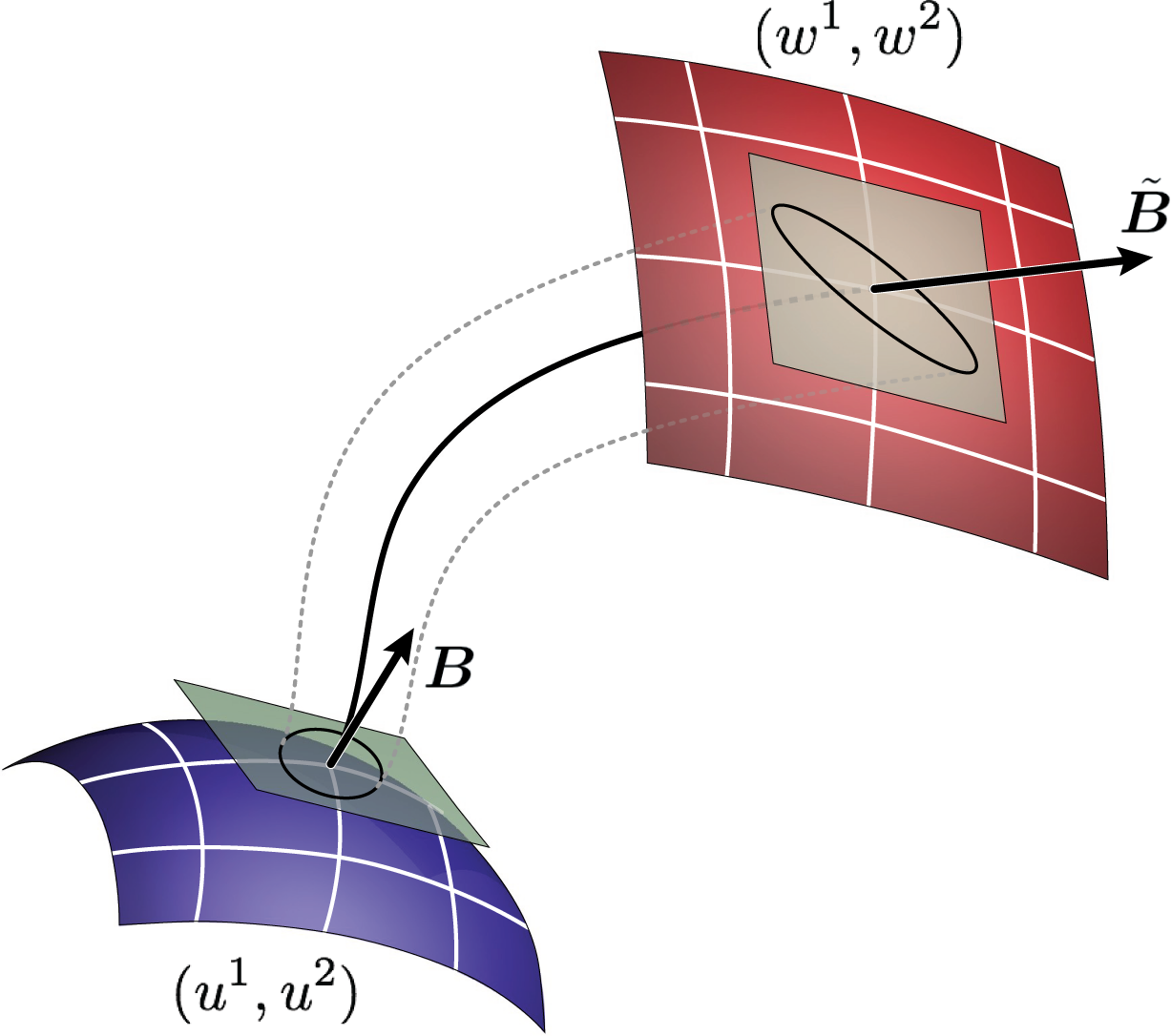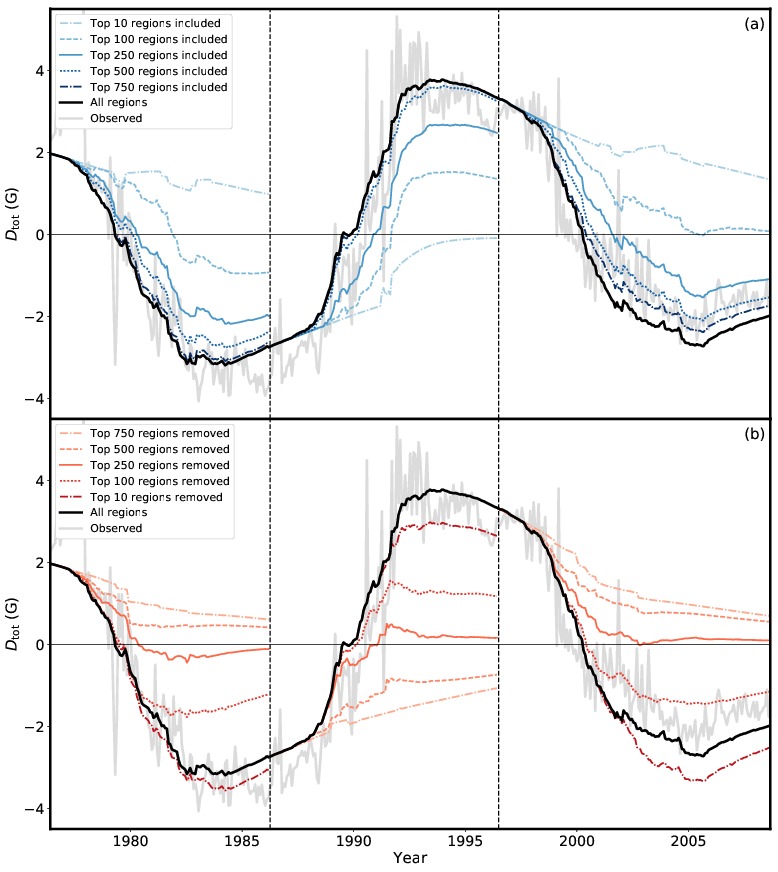Monthly Archives: September 2018
112. A possible explanation of the double peaks in solar cycles
111. Synoptic Q-Maps — Insight into the Topology of the Coronal Magnetic Field
110. Onset of Photospheric Impacts and Helioseismic Waves in X9.3 Solar Flare of September 6, 2017
109. How Many Active Regions Are Necessary to Predict the Solar Dipole Moment?
To assess the impact of active regions to the axial dipole moment, the authors isolate the contribution of individual regions for Cycles 21, 22, and 23 using a surface flux transport model, and find that although the top ~10% of contributors tend to define sudden large variations in the dipole moment, the cumulative contribution of many weaker regions cannot be ignored.





